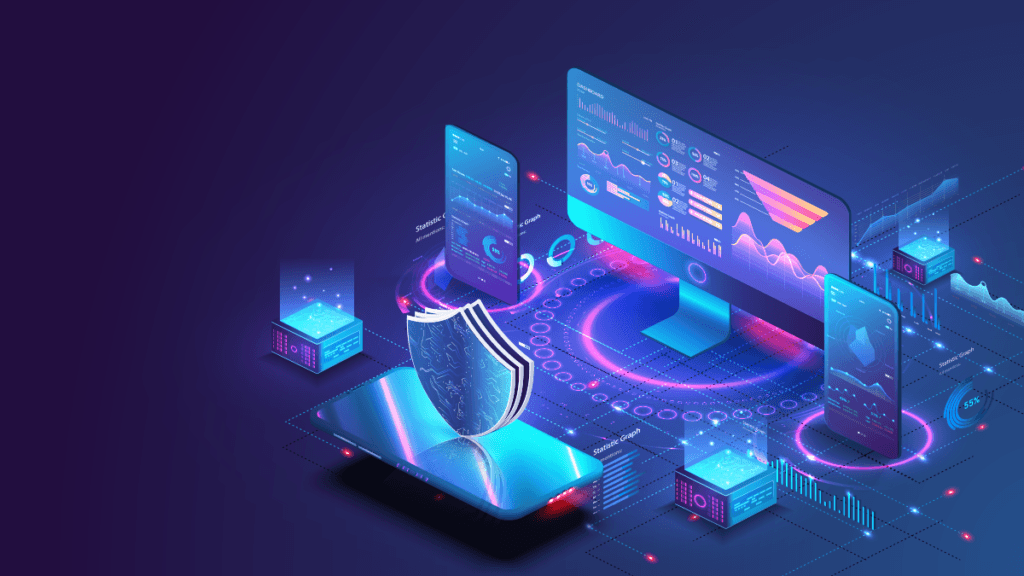
Our digital world is giving rise to new ways of aggregating and interpreting complex data. Whilst some businesses choose to utilize and leverage advancing technologies, others are falling behind. Inside Telecom presents 3 analytics trends that are redefining the business world in 2020.
1. Augmented Analytics
Recognized as an important tool to optimize decision making in business, augmented analytics uses machine learning and language processing to enhance data analytics, data sharing and business intelligence. Both AI and ML assimilate info from data analytic archives by observing repetitive patterns of data, processing, and outcomes. AI and ML will amplify and augment (but not replace) high orders of human creativity in terms of conveying unique analytics queries. With this form of high-speed processing of data, AI/ML’s ability to perceive repetitive patterns, will mean the delivery of insights to more businesses at a faster rate than the manual approach.
2. Natural Language Processing
NLP is artificial intelligence that deals with the interaction between humans and computers. Voice-based applications and analytics have developed progressively over the years but have faced certain challenges such as, trying to decipher and comprehend different accents and voice modulation/intonation. DNN (Deep Neural Networks) has changed the landscape in Natural Language Processing (NLP). Such models are being used in various applications including, language creation, question answering, language translation, speech recognition, to name but a few. This area of technology has improved significantly, to the point where more analytics-related queries can be asked by voice command. NLP works particularly well for corporate figures (executives and managers) who using voice commands from their mobile devices to search for data.
3. Predictive Analytics
Companies continue to use analytics to gain a better understanding of their current and future path. This year, there is a noticeable shift toward predictive analytics to assess future economic conditions, risk areas, investment needs and so on. Predictive analytics use historical data to deliver insights and results that predict future trends, and outcomes. The technology uses a combination of statistical algorithms and/or ML methods to work out the probability of future developments. Companies in most public and private industry sectors use predictive analytics. Senior executives, apply and incorporate theses predictions into their business strategies in order to get ahead of the competition.